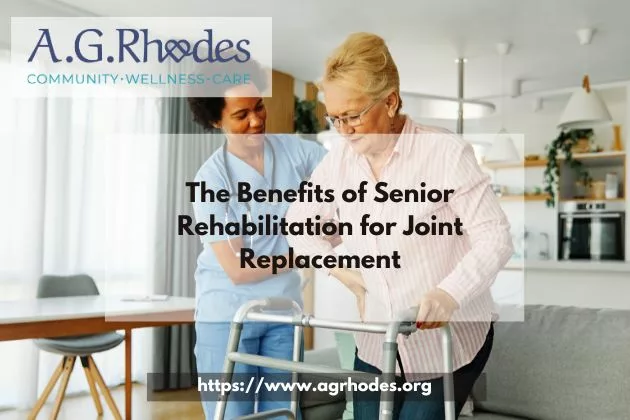
Understanding Joint Replacement
What is Joint Replacement?
Joint replacement involves replacing damaged joints with artificial ones, often due to arthritis or injury. This procedure is particularly prevalent among the senior population.
The Need for Senior Rehabilitation
Bridging the Recovery Gap
Senior rehabilitation acts as a bridge between surgery and complete recovery. It focuses on restoring strength, flexibility, and functionality post-joint replacement.
Holistic Approach to Recovery
Unlike traditional rehabilitation, senior rehabilitation takes a holistic approach, addressing not only physical aspects but also mental and emotional well-being.
The Perplexity of Senior Rehabilitation
Tailored Exercise Programs
Senior rehabilitation tailors exercise programs to individual needs, considering the specific joint replaced and any pre-existing conditions. This personalized approach enhances recovery outcomes.
Cognitive Rehabilitation
Apart from physical exercises, senior rehabilitation incorporates cognitive rehabilitation, combating burstiness by stimulating the mind and preventing mental decline.
Burstiness in Senior Rehabilitation
Adaptive Techniques
To tackle burstiness, rehabilitation programs adapt to the changing needs of seniors. This includes adjusting exercise intensity and incorporating new techniques as the recovery progresses.
Encouraging Independence
Promoting burstiness in daily activities, senior rehabilitation empowers individuals to regain independence, fostering a sense of achievement and self-worth.
The Specificity of Senior Rehabilitation
Targeted Pain Management
Senior rehabilitation provides targeted pain management strategies, focusing on the specific needs of joint replacement patients to ensure a pain-free recovery.
Specialized Therapies
Specific therapies, such as aquatic therapy or joint-specific exercises, enhance the specificity of rehabilitation, directly addressing the challenges associated with joint replacement.
Senior Rehabilitation in Context
Social Support
Beyond the physical aspects, senior rehabilitation incorporates social support, connecting individuals with peers undergoing similar experiences, and alleviating the feeling of isolation.
Engaging Community Programs
Community-based rehabilitation programs create a supportive environment, encouraging seniors to actively participate in their recovery journey.
Conclusion
Senior rehabilitation after joint replacement emerges as a crucial component for holistic recovery. Its tailored, adaptive, and specific approach, coupled with a focus on burstiness and perplexity, makes it an essential element in enhancing the lives of seniors post-surgery.

